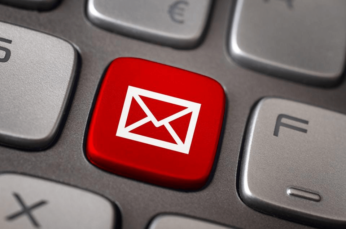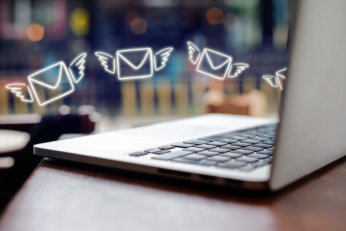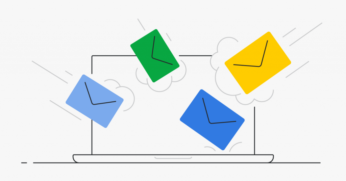Utilizing the latest email marketing strategies is a great way to expand the reach of your business and help you connect with a wide range of customers. You also want to stay in touch with those prospects who didn’t purchase your offer…yet. They might need a little more convincing that you know your stuff and email marketing is an easy way to get inside their inbox and appeal to them. Looking at ways to improve your email marketing strategy is essential to your success.
Implement these simple strategies to improve your email marketing efforts.
#1 Tweak Your Messages
Many entrepreneurs use various types of email sequences to help them maximize sales during a live launch. However, you can reuse these messages by simply performing a few tweaks to the original email. Performing these tweaks is a great way for you to save time while also improving your marketing reach. Ultimately, tweaking your messages only requires a little bit of work to your existing emails.
#2 Check Out Your Email Marketing Metrics
Another way to improve your marketing strategy is to check your metrics consistently. This is also one area that many entrepreneurs overlook or just don’t take the time to do. This information can play a key role in helping you determine the highest performing emails. Metrics can include a variety of information, such as click-through rates, open rates, and purchases. You can use these metrics to learn effective marketing strategies to help you maximize your consumer base. If you never, or rarely, look at your numbers any tweaking you do could be the proverbial ‘shot in the dark.’
#3 Craft New Emails
Taking the additional time to craft new emails is well worth the effort in helping you to expand the reach of your business. Writing new emails is especially effective if you are running a special promotion or giving away a free item. You can also reuse older messages to help your business grow and reach many more customers with only a minimal amount of effort.
#4 Create a Sense of Urgency
One of the best ways to reach new customers is to create a sense of urgency within each email. For example, you can offer a limited special offer that is only available for a few days. You can also use various elements, like a countdown timer, or programs, like Deadline Funnel, to help you include urgency in your emails. This simple marketing technique is highly effective in improving your sales rate since subscribers won’t want to miss your deal.
Read more: 5 Simple Strategies to Update & Automate Your Email Marketing









